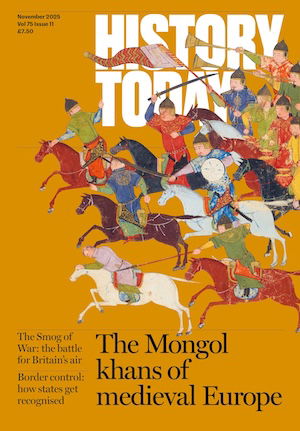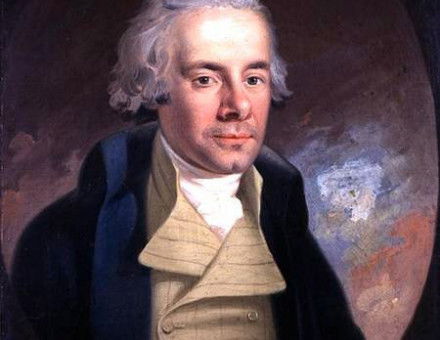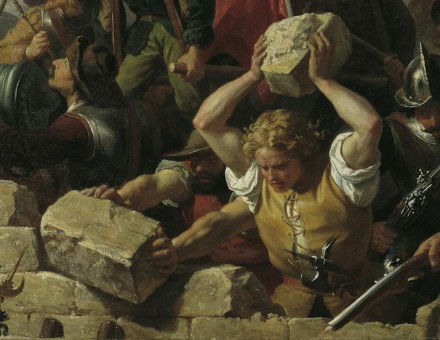History Today
Whither Urban History?
Anthony Sutcliffe considers the contribution which urban history has made to our understanding of the past – and its likely use in the future.
Plant Imperialism
Coffee from Ethiopia to Brazil, rubber from Brazil to Malaya... Lucile Brockway shows how the transfer of seeds and plants across continents has had enormous implications for the development of the economies of the countries concerned.
William Wilberforce 'The Saint'
William Wilberforce died in July 1833. Since then his reputation as champion of the abolition of slavery, evangelical and politician has undergone a series of reassessments.
The Work Ethic in the 1930s
Chris Cook continues our special feature on the Work Ethic.
Why Work?
Roger Opie begins our special feature on the work ethic, including a bibliography by Patrick Joyce
Reading History: The Birth of Greek Civilisation
Paul Cartledge surveys the historiographical treatment of the ancient Greeks.
The Siege of Vienna: 1683’s Winners and Losers
The defeat of the Ottoman army outside the gates of Vienna in 1683 is usually regarded as the beginning of the decline of the Ottoman Empire. But how significant was it really, and for whom?
Arbury is Where We Live
Sallie Purkis shows how oral history sources were used by schoolchildren in a Cambridge local history project.





